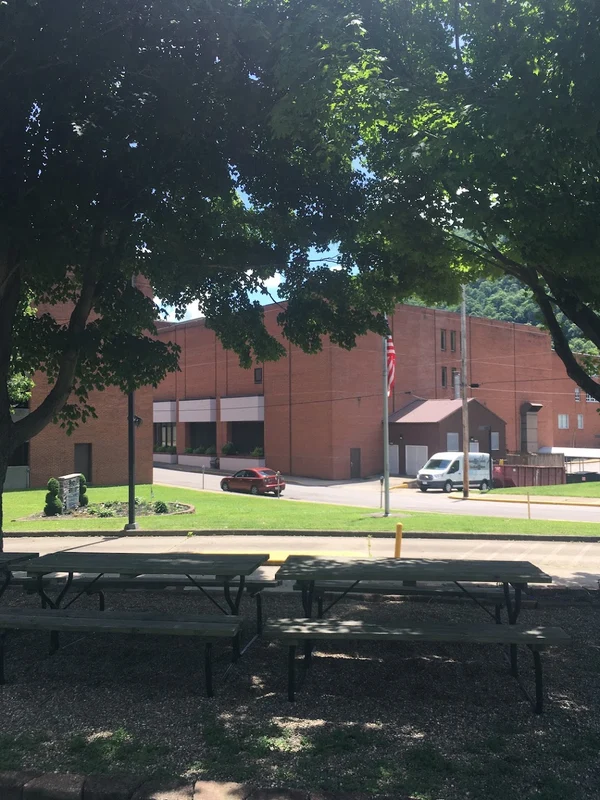-
Your Health.
Our Priority.Caring for Our Community, One Patient at a Time.

A little about us… Montgomery General Hospital is proud to be your independent, close-to-home hospital, deeply rooted in serving Fayette and surrounding counties. As a 25-bed critical access facility, we provide compassionate care to over 1,000 inpatients, 40,000 outpatients, and manage over 10,000 emergency visits annually. While we cherish our small, friendly atmosphere and commitment to personalized care, we also strategically leverage partnerships with larger medical systems. This ensures our patients benefit from access to a broader range of specialized capabilities and resources, bringing the advanced care of larger networks right here to our community. You can trust Montgomery General Hospital to provide comprehensive and quality care, close to where you live, with the added assurance of strong collaborative relationships.

Montgomery General Hospital conducts a comprehensive community needs assessment every three years. Please take a moment to participate in our Community Needs Assessment by clicking the link below or scanning the QR code. Your feedback is essential to ensure our services effectively meet the needs of the public.
